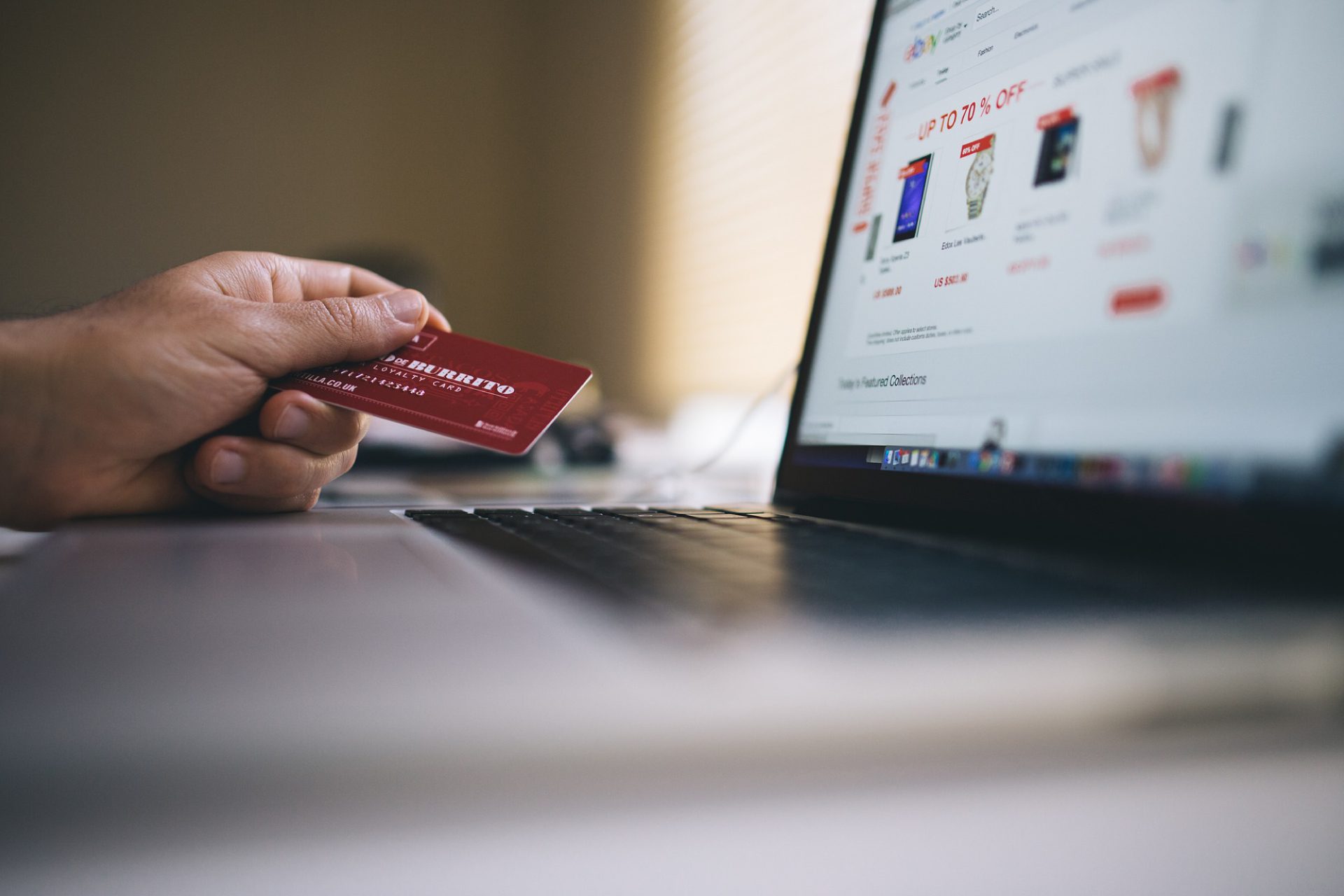What is “Buy Now Pay Later” and how does it work?
According to data from a study by TRC Market Research and commissioned by PayPal, “Buy Now Pay Later” (BNPL) purchases are more popular than regular online purchases. Indeed, many users tend to abandon their shopping carts immediately if there is no BNPL option.
What is BNPL? “Buy Now Pay Later” refers to a shopping mode that allows users to buy and receive goods, but pay for them later through a payment by installments. BNPL is thus a type of short-term financing, usually interest-free. It is handled by specialized companies that perform the transaction on behalf of online or physical merchants. In other words, they enter into an agreement with the store and pay the amount at the time the customer purchases.
Here is an example of how it works. Imagine a customer who wants to purchase an expensive computer, but cannot afford to spend the amount in one go. Thanks to the BNPL, the he can have the computer by installment purchase, while the merchant makes a sale and does not lose a customer.
There are different types of “buy now and pay later” programs and each company has its own terms and conditions. However, in general, so-called installment loans work as follows:
- The consumer must purchase from a retailer that adheres to the initiative and, when paying, opt for the Buy Now Pay Later method;
- If the payment is approved (it takes a few seconds), the consumer pays a small deposit (for example: 25% of the total amount);
- The remaining amount is paid in installments without interest;
- The consumer can pay by check or bank transfer, and payments can also be automatically deducted from debit cards, bank accounts or credit cards.
To use the BNPL, the consumer must be of age, must register and create a payment account. Common prepaid cards, credit and debit cards can be used as well.
As we have already said, there is no interest. However, in the event of non-payment or late payment of the installments, additional fees are generally incurred.
Although this installment method has been available for several years, its popularity exploded during the pandemic as more and more people took up online shopping. Today, “buy now and pay later” is a rising trend that is winning over retailers and customers alike. Indeed, for the former, BNPL translates into increased sales and more customer loyalty, while for consumers it means deferring spending over time and thus managing their budgets with greater flexibility and ease.
Pros and cons of BNPL for a business
The Buy Now Pay Later system has become very popular in recent years. In addition to benefiting consumers, it offers several advantages to merchants, including:
A higher conversion rates, especially for online stores that sell particularly expensive products, such as jewelry or electronic devices;
The ability to split the total amount into multiple installments makes purchases more convenient and allows them to reach a wider audience;
Small payments spread out over time increase the customer’s purchasing power, which translates into a higher average order amount;
A positive customer experience since consumers feel they have more control over their purchasing decisions.
However, BNPL also has some disadvantages:
- Higher commissions for merchants;
- Integrating the “buy now and pay later” payment method into the checkout process requires tools and technologies that represent an expense;
- Businesses must meet certain criteria to access this payment method;
- Any problems with the BNLP system can damage the company’s reputation.








